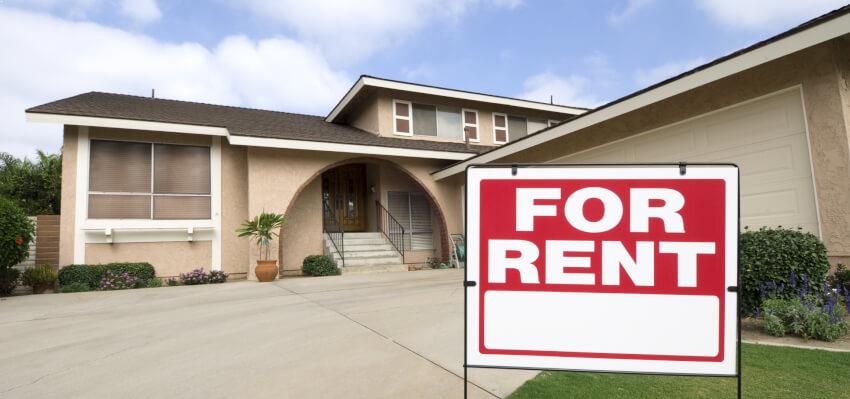6 knock-on effects of Labor’s neg gearing change

Assuming negative gearing and capital gains tax concessions will be amended in line with Labor’s much-publicised change proposal, there will be a range of implications, from an increase in yields to falling prices, rising rents and increased risks for developers, according to new findings from SQM Research.
Managing director Louis Christopher said the analysis suggests that the market impact would last by around three years.
“There is, right now, increased consensus that the RBA may have to cut rates this year. If we were to see a cut of, say, 50 basis points, this would provide some cushion to the effects of negative gearing changes.
“Even so, the market would still record dwelling price falls. Housing construction, already in a slump, would likely fall further due to the lack of investor demand. This would set up a shortage of housing come later 2020, based on current strong population growth rates.
“Such a tax change during a housing downturn is, in our opinion, a risky move for the economy, and so we encourage discussion of perhaps a phase-in period for such legislation that would reduce the economic shock that this tax change could create.”
Mr Christopher said that Labor would also do well to consider some of the investor issues.
“Particularly surrounding the distortion their policy may create on pricing of off-the-plan developments and the likely losses investors in those properties would face come resale time to those who won’t have the tax concession.
“While we take the view that negative gearing reform is a good thing over the long term, such reform should be executed as part of a wider property tax reform that should be phased in over time.”
Key findings:
1. Yields to rise
International comparisons, historical precedents and the effective grossed-up yield benefit all indicate that acquisition rental yields are likely to rise between 85 and 120 basis points over a two- to three-year period.
Average acquisition yields, therefore, may rise from approximately 4.0 per cent to 5.2 per cent.
If interest rates are cut by 50 basis points, the rise in yields will be smaller, with a rise to between 65 and 95 basis points. Much would depend on how much of the interest rate cut is passed on by the banks.
2. Rents to remain stable — initially
Rental changes are initially likely to remain stable at -1 per cent to +1 per cent.
However, there is likely to be upward pressure from 2021 due to the current slump in building approvals which will be aggravated by the loss of negative gearing. The slump in approvals has now fallen below underlying demand requirements which may create a shortage of dwellings from late 2020.
Market rents could accelerate by between 7 per cent and 12 per cent over the period 2020 to 2022, assuming there is an interest rate cut. Brisbane and Perth are likely to record the largest rises in rents.
3. Dwelling prices to fall
Given the forecast of initial negligible rental growth and a rise in gross rental yields, further price falls are anticipated in the housing market over the period 2020 to 2022.
There may be a brief rally in the lead-up to the proposed change of negative gearing, especially if there is an interest rate cut prior to legislation passing. This would also be as a result of grandfathering opportunities and, potentially, a mild loosening of the current lending restrictions by the banks.
4. Sales turnover and stamp duty revenue to fall
Property sales turnover is predicted to fall by another 8 per cent to 15 per cent from 2019 levels, with most of the declines in sales to occur in calendar 2020. This would result in a fall in aggregate state stamp duty revenue of $2.3 billion dollars.
5. Build-to-rent schemes will increase
With the housing market potentially trading at a higher gross rental yield, an increase in interest in the housing market by financial institutions is anticipated, particularly industry super funds who will invest via build-to-rent schemes.
6. Off-the-plan investors at risk
Investors seeking to benefit from negative gearing remaining on new properties/off-the-plan developments are exposed to a substantial risk of their property being valued below purchase price, especially if the investor is seeking to sell their investment within the first three years.

